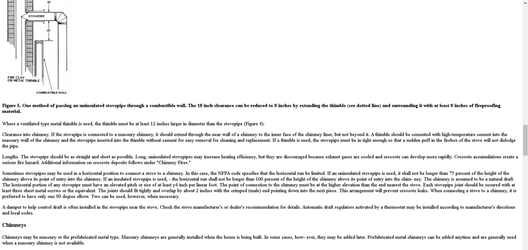Growing up we had a big wood stove in the basement that we used to heat the house. Spent my youth being a cheap log splitter. Oddly enough, as soon as I went away to college, HVAC was installed and the stove was decommissioned. My family ended up buying the house I grew up in when my parents were ready to downsize. The old wood stove still chilling in the basement, long forgotten.
Fast forward, I have a makeshift office in the basement as I work from home 3 days a week. We have never had any heat or registers down here. In the summer its tits. In the winter its hovers around 55. Tired of the space heater so I moved the old stove to the other side of the basement, as the flu area was reclaimed for master bathroom space years ago, and a new roof omitted the old stack.
So I have run the stove pipe through a window box I built but it is very drafty and I am curious what I can do about that? The thimble I used was the one still in the basement ceiling from how it was hooked up before. I used 8" single wall pipe but there is a gap where it goes through the thimble and is obviously letting in drafty cold air. What can I use, if anything to insulate? Pics of move and thimble.
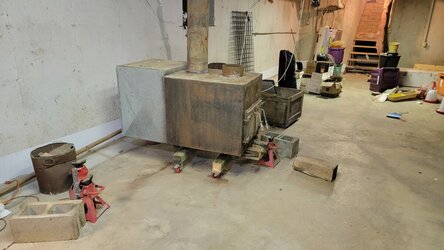
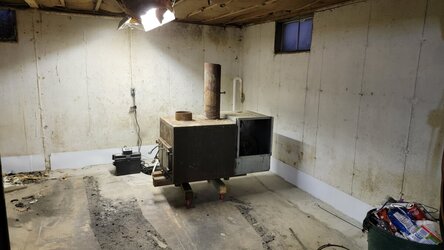
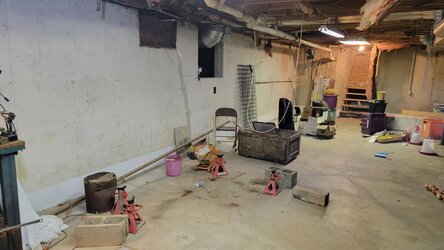
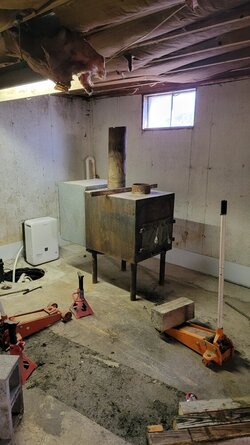
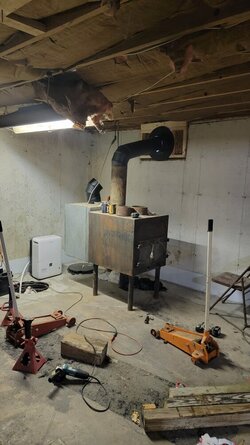
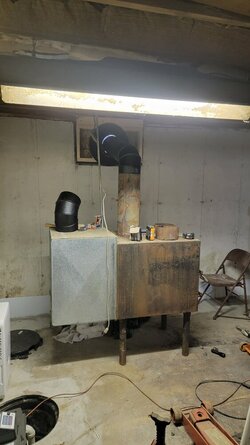
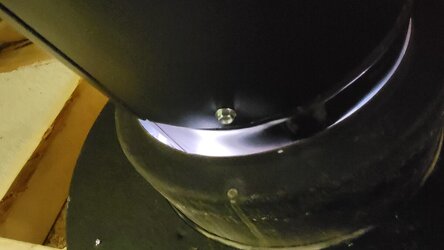
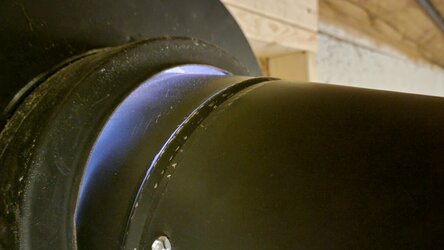
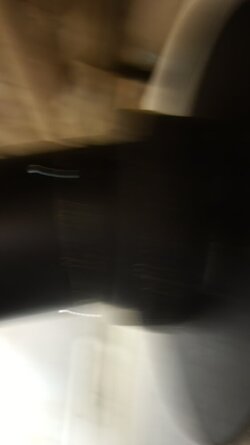
Fast forward, I have a makeshift office in the basement as I work from home 3 days a week. We have never had any heat or registers down here. In the summer its tits. In the winter its hovers around 55. Tired of the space heater so I moved the old stove to the other side of the basement, as the flu area was reclaimed for master bathroom space years ago, and a new roof omitted the old stack.
So I have run the stove pipe through a window box I built but it is very drafty and I am curious what I can do about that? The thimble I used was the one still in the basement ceiling from how it was hooked up before. I used 8" single wall pipe but there is a gap where it goes through the thimble and is obviously letting in drafty cold air. What can I use, if anything to insulate? Pics of move and thimble.











